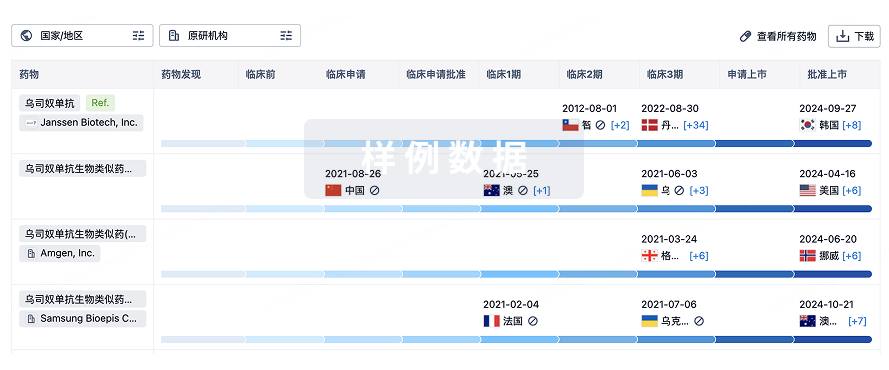Background/Objectives: Integrin αVβ3 plays a crucial role in tumor angiogenesis and cancer progression, making it a key target for radiolabeled probes used in imaging and therapy. A previously developed probe, [125I]bcRGD, exhibited high selectivity for αVβ3 but limited tumor accumulation due to rapid blood clearance. This study aimed to address this issue through two strategies: (1) conjugating albumin-binding molecules to enhance systemic circulation and (2) dimerizing RGD peptides to improve binding affinity via multivalency effects. Methods: Three [125I]bcRGD derivatives were synthesized: [125I]bcRGDpal (with palmitic acid), [125I]bcRGDiba (with 4-(p-iodophenyl)butyric acid), and [125I]bcRGDdimer (a dimeric bicyclic RGD peptide). Their physicochemical properties, αVβ3-selectivity, albumin-binding capacity, and biodistribution were assessed in vitro and in vivo using tumor-bearing mice. Tumor models included αVβ3-high U-87 MG and αVβ3-low A549 xenografts. Results: [125I]bcRGDpal and [125I]bcRGDiba exhibited prolonged blood retention (30-fold and 55-fold vs. [125I]bcRGD, respectively) and increased tumor accumulation (3.9% ID/g and 3.6% ID/g at 2 h, respectively). Despite improved systemic circulation, tumor-to-blood ratios remained low (<1), indicating limited tumor retention. [125I]bcRGDdimer achieved significantly greater tumor accumulation (4.2% ID/g at 2 h) and favorable tumor-to-blood (22) and tumor-to-muscle (14) ratios, with a 5.4-fold higher uptake in U-87 MG tumors compared to A549 tumors. Conclusions: Dimerization was more effective than albumin binding in enhancing bcRGD’s tumor-targeting potential. The dimeric probe demonstrated improved tumor accumulation, favorable pharmacokinetics, and preserved integrin selectivity. These findings provide a foundation for further structural optimization of bicyclic RGD peptides for integrin αVβ3-targeted imaging and therapy applications.







